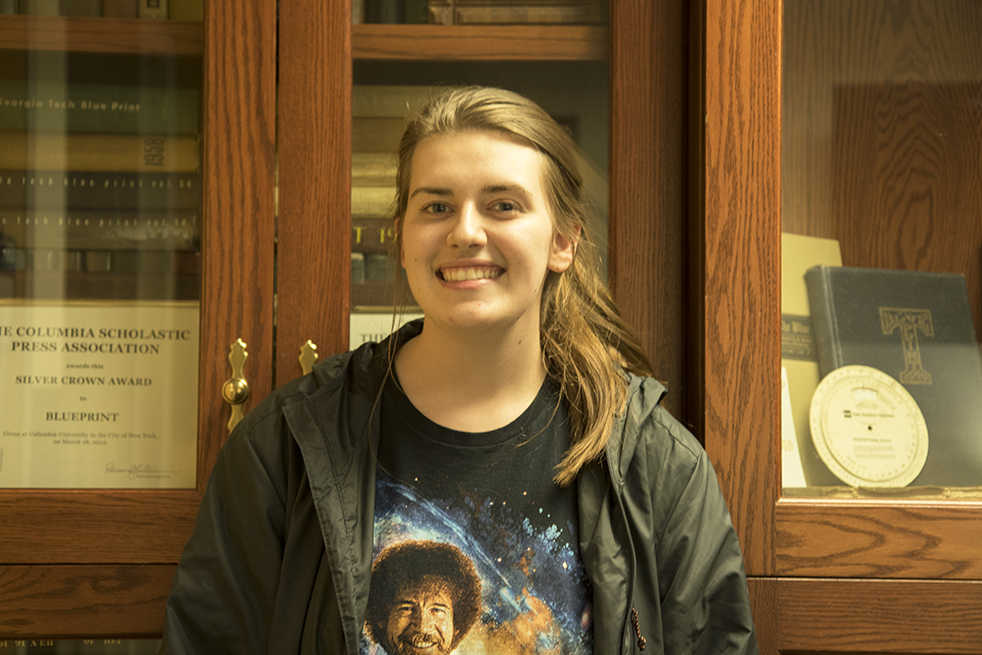We all want to feel like we’re good people who are helping to make the world a better place, but when it comes to poverty most of us actually have no idea what is good, helpful or effective. Like with most problems, we are driven to action instead of understanding, but with things like hunger, malaria and clean water, the difference between good and bad solutions can literally be life and death. In reality, the average American knows very little about the life and struggles of poor people in Africa, Southeast Asia or even down the street.
We want to help, but we are notoriously bad at distinguishing the difference between helpful and harmful. When companies like Toms offer a one-for-one model, it seems like a win-win. We get a pair of shoes, and someone in need gets one too. We think that if we buy their products our financial contribution is making the world a better place. It’s not that these companies are evil or malicious. They are just more focused on making a profit than actually helping poor people. They’re businesses, not charities. However, the one-to-one model is not only ineffective, it takes advantage of its customers and promotes lies about charity, doing more harm than good to the people it’s trying to help.
Companies with a one-to-one model sell you a narrative about countries with extreme poverty that is often grossly exaggerated and false. It says that the only way to help get kids out of poverty is to drop off a ton of shoes or school uniforms. It does nothing to create a self-sustaining community. These models do more to bolster our ego and little to actually alleviate the issues in these communities. They tell us that we know best when it comes to charity and that poor people are just waiting around for us to drop off shoes as though there are no shoemakers in Africa or Latin America. In actuality, flooding the community with free products can cripple the local economy, driving up unemployment for the people who make those products.
The one-to-one model does not seek to understand the actual problems plaguing people in poverty stricken regions and often disregards the real problems altogether. The reason poverty is such a hard issue is because things like culture, political unrest, gender roles, environmental issues and inefficient institutions underlie almost every issue. On the surface giving products like school uniforms to girls seems like a good idea, but in reality it can be more harmful than helpful.
Giving every girl a new school uniform doesn’t begin to address the root problems. Girls may receive school uniforms, but they are more than likely not attending school because they are expected to perform housework, get jobs in order to support the rest of the family or get married extremely young, often against their will. It oversimplifies the issue to say that the only thing stopping girls from going to school is that they don’t have the right outfit. The money spent manufacturing and shipping school uniforms would be much better spent providing the family with financial resources that are only available if the daughters remain in school.
What most people in these countries need is not more consumer goods but more money to buy consumer goods in order to support their local economy. The issue is that when we think about giving poor people cash, there is no way to know if that money is going towards education and food or booze and brothels. And it’s true, as giving away cash would be about as effective as dropping off a ton of shoes — I’m looking at you Drake.
However, there have been studies that show investing in women through micro-financing loans often has a high return for the entire family while also fighting against gender norms. It can have positive social effects, giving women a sense of autonomy and agency over their families and lives and allowing them to be self-sustainable.
If we’re going to make an impact, we have to be thoughtful about how we are giving — and to whom — and seek to understand the real issues as well as the real effects of the companies and charities we are supporting by building relationships with the people on the ground and by supporting grassroots efforts. Not every solution is good for every problem. Ultimately we can make a difference, but we need to be smarter about poverty.
In order to do that, there are a few steps you can take today. First, you can learn about global poverty. There are several books that sum up many of the major causes of poverty, initiatives that have been successful and progress that has been made. “The End of Poverty” by Jeffrey Sachs, an economist and special advisor to the UN, helps to describe the key issues surrounding poverty, and “Half the Sky” by Nicholas Kristof and Sheryl WuDunn — Pulitzer Prize winning journalists — discusses how empowering women can radically change impoverished communities and spur tangible change both economically and socially.
You can also explore different evidence-backed charities on givewell.org and check the validity ratings of charities on charitynavigator.org.
Finally, you can invest in people-to-people microlending organizations like globalgiving.org or kiva.org or sponsor a child through groups like Plan International or World Vision.
Sometimes hearing about poverty can make the world feel hopeless, but there are far less people living in extreme poverty today than there were 50 or 100 years ago, and this is because of effective and thoughtful charities that partner with people like us: ordinary people who care.
